The treasures of Jordan
-
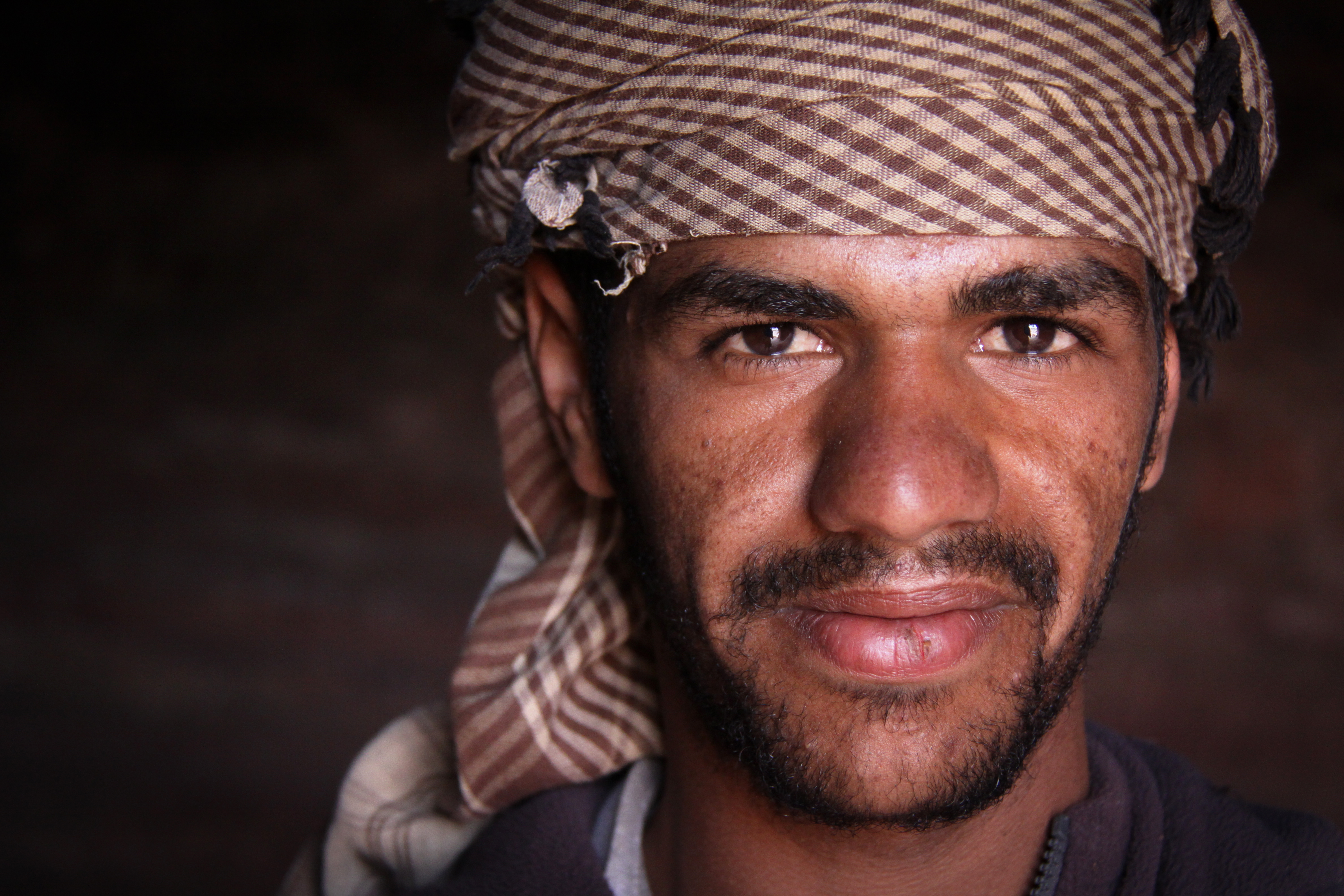
Many Bedouins have settled in government-provided housing in Umm Sayhoun, a village near Petra, Jordan's most important tourist attraction. During the day, they work at the Petra site, welcoming or transporting visitors -
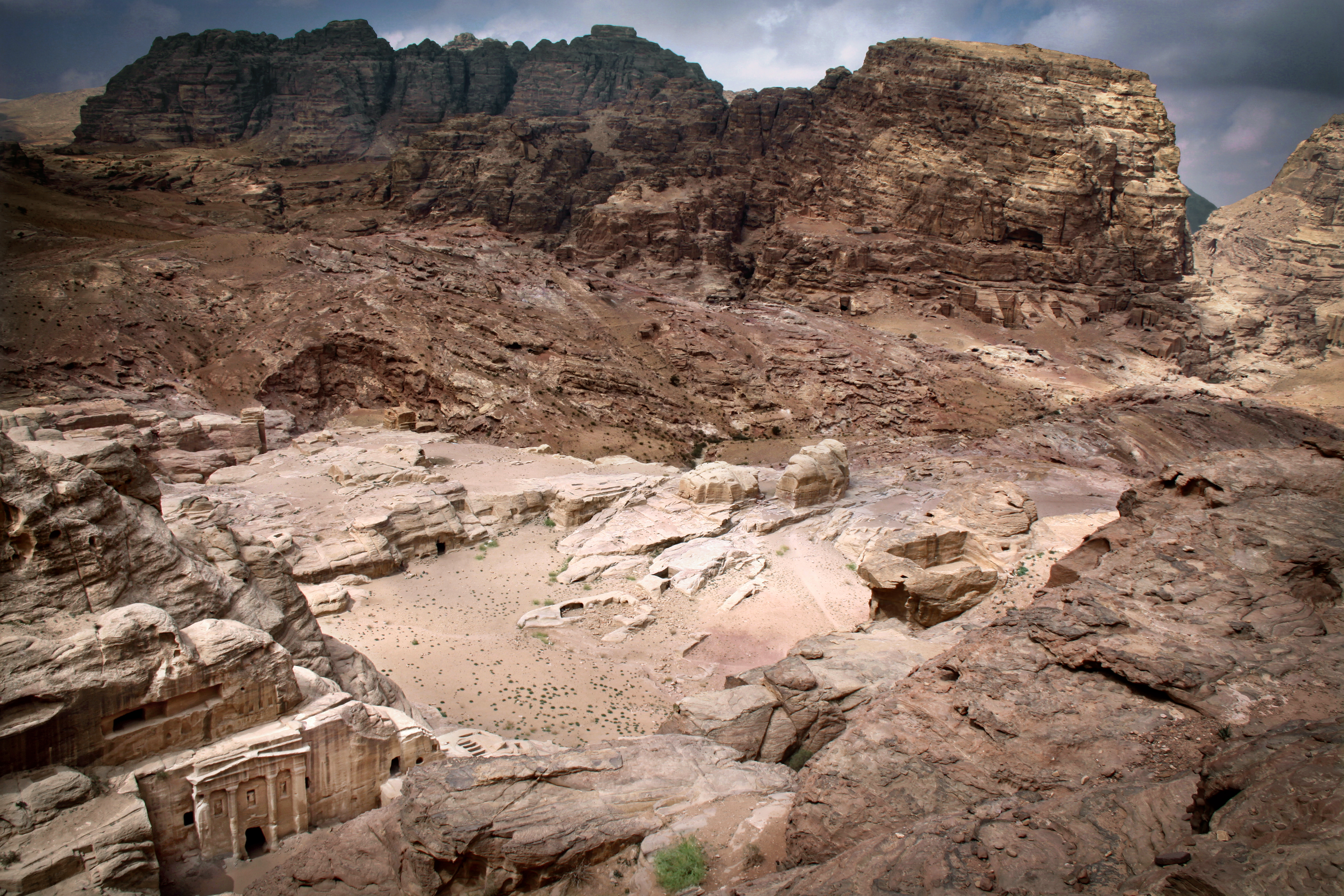
ʹMountain of sacrificesʹ: view from Jebel al-Madbah, a mountain over a thousand metres high near Petra identified by several scholars as the biblical Mount Sinai -

Al-Khazneh is one of the most elaborate temples in the ancient Arab Nabatean Kingdom city of Petra. As with most of the other buildings in this ancient town, including the monastery, this structure was carved out of a sandstone rock face -
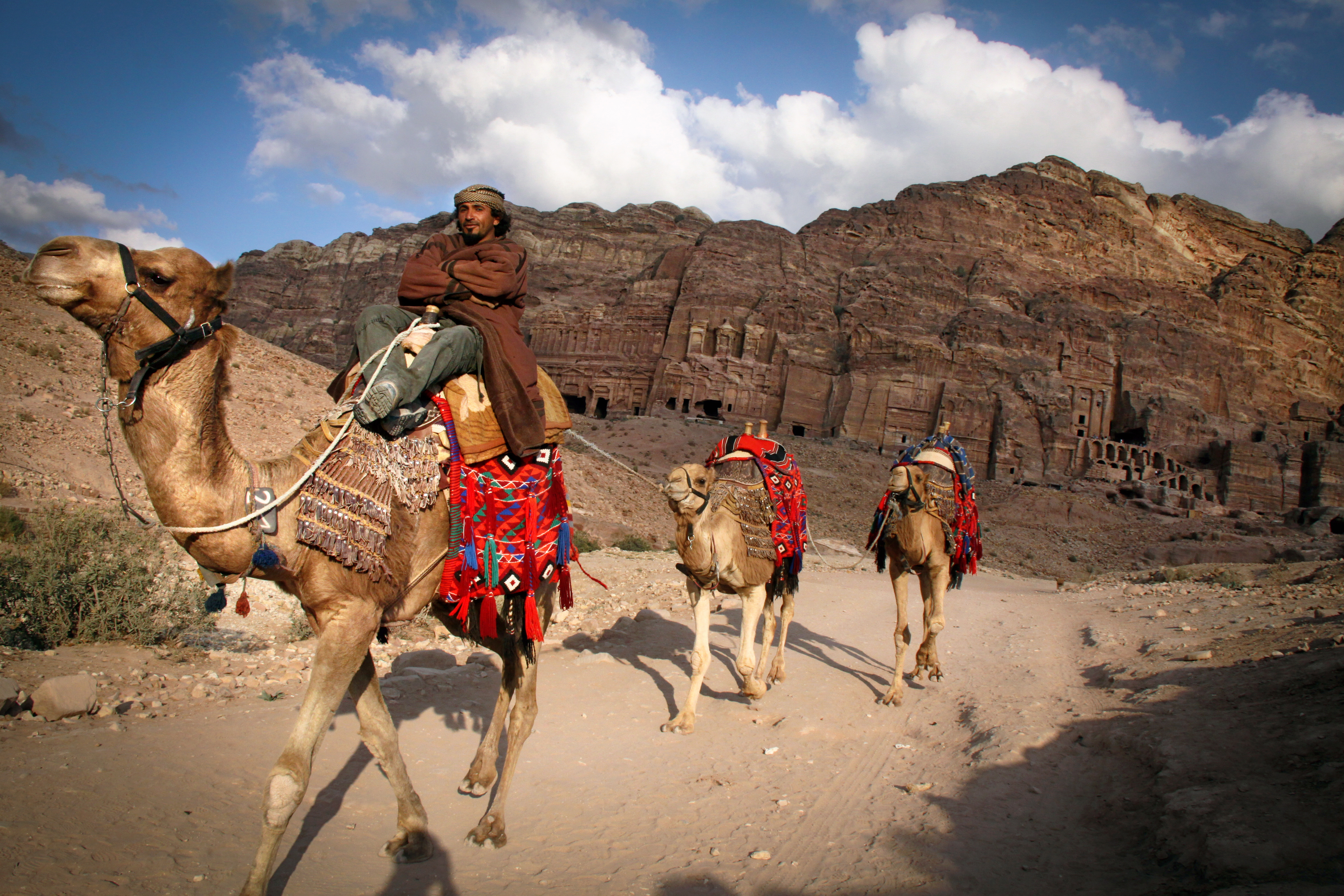
Idd comes from a Bedouin family. "Every day I go with my mum to Petra. We have a tent at the entrance to a cave. Visitors can drop by and stay with us as long as they want. We have tea, tobacco and food. People come from all over the world" -

The Al-Husseini Mosque is one of the main landmarks in the old city of Amman. Although the visible part of the Al-Husseini mosque was only built in the 1920s, its foundations are those of another mosque, much earlier, dating back to the early days of Islam -

A group of students pose with the Jordanian national flag in Jerash, in the north of the country -
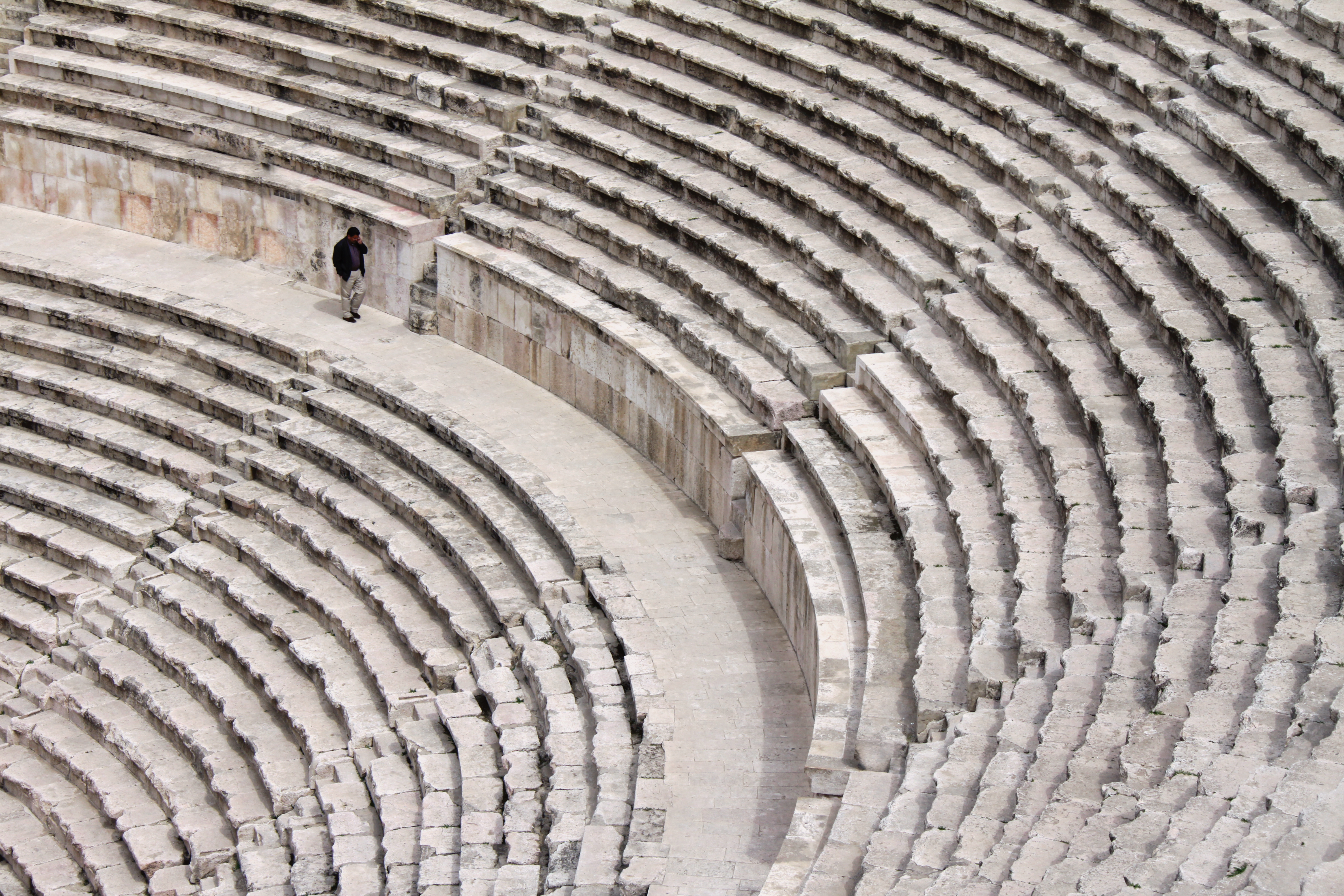
The Roman theatre in Amman is a truly impressive sight. It can accommodate up to 6,000 people. The 2,000-year-old amphitheatre is still admired today and reflects the genius of Roman know-how -
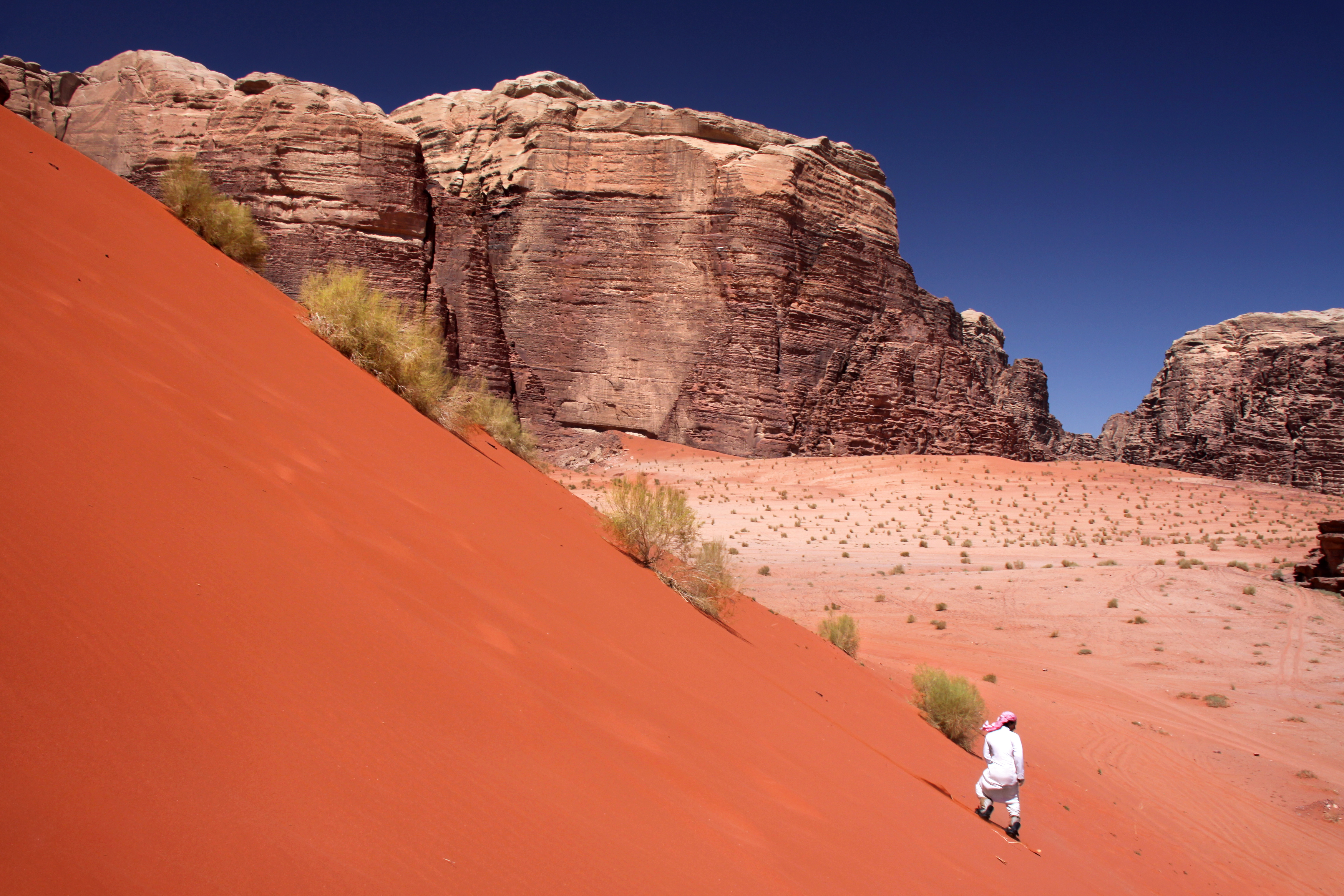
The Wadi Rum desert is one of the most unique places in the Middle East. It is still inhabited by the Bedouins, some of them working today in the tourism industry. It has been on the World Heritage List since 2011, as a mixed natural and cultural property -
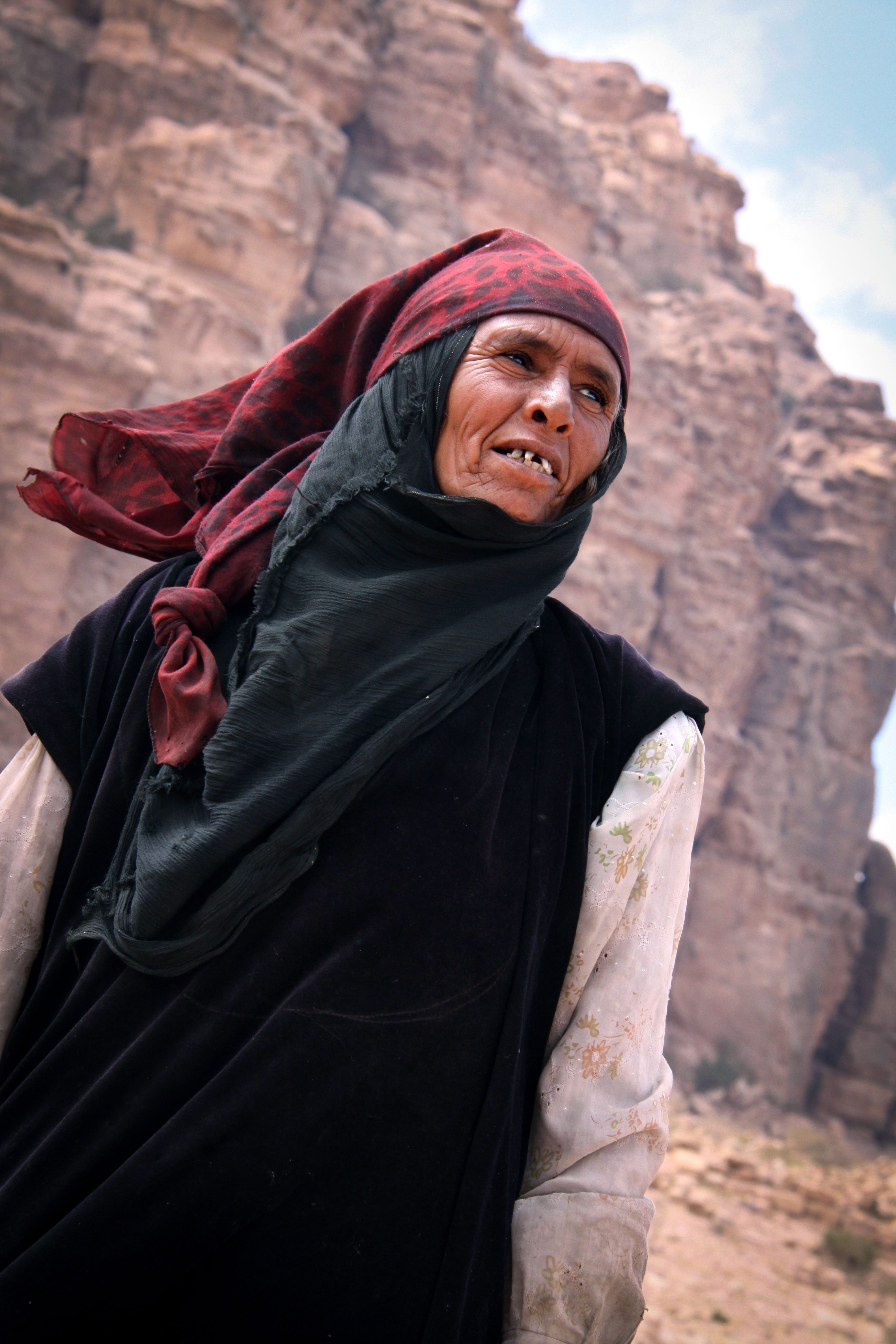
Today, Bedouins represent only 5% of the Jordanian population. Despite the changes to their way of life, they remain proud of their traditions and the three main Bedouin values – honour, pride, hospitality – remain unchanged -
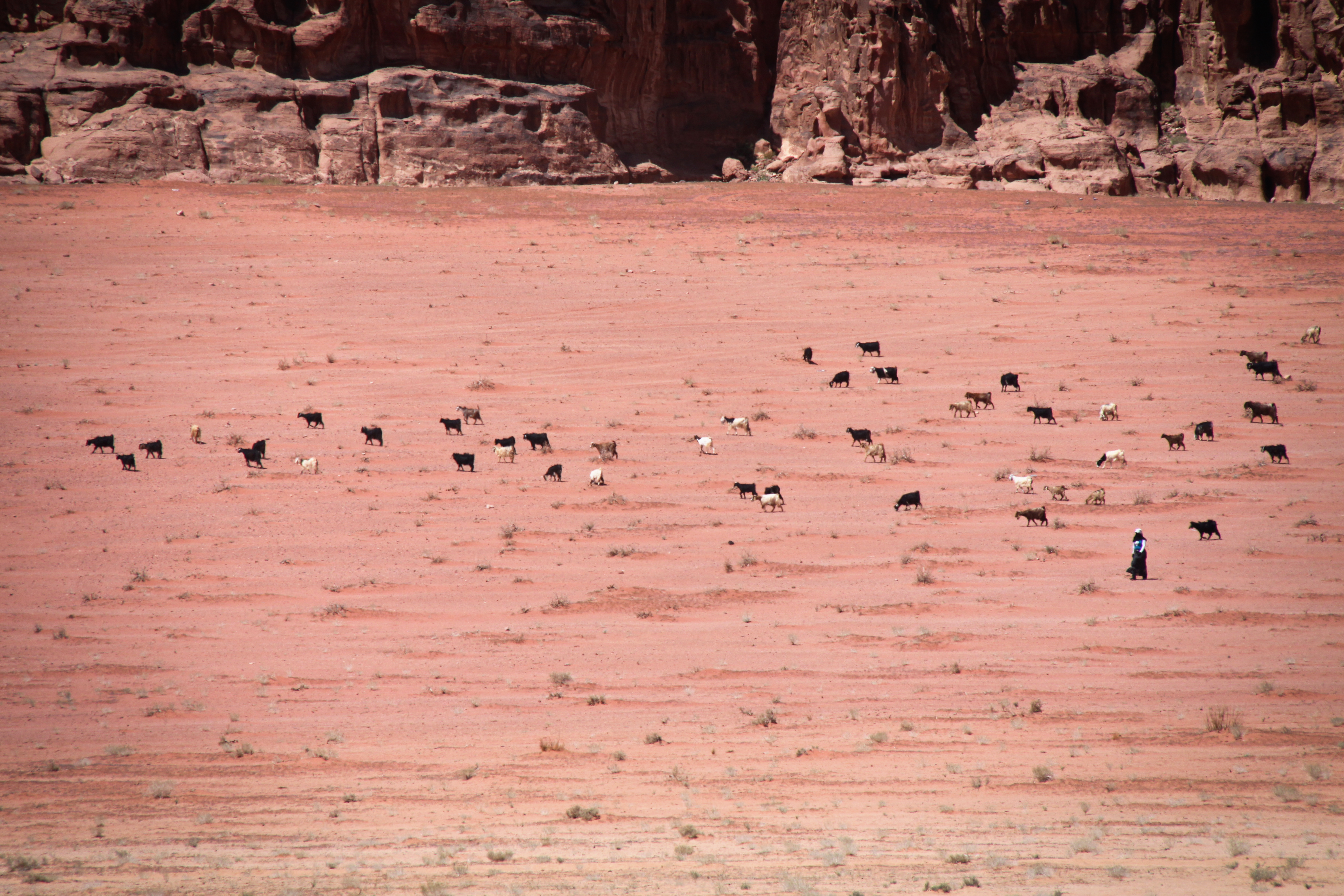
A Bedouin leads her flock in the sublime scenery of Wadi Rum. The colours of the sand, the rocks, the sky, a magical feeling of eternity and the discovery of an authentic culture make travelling to this region an unforgettable experience -
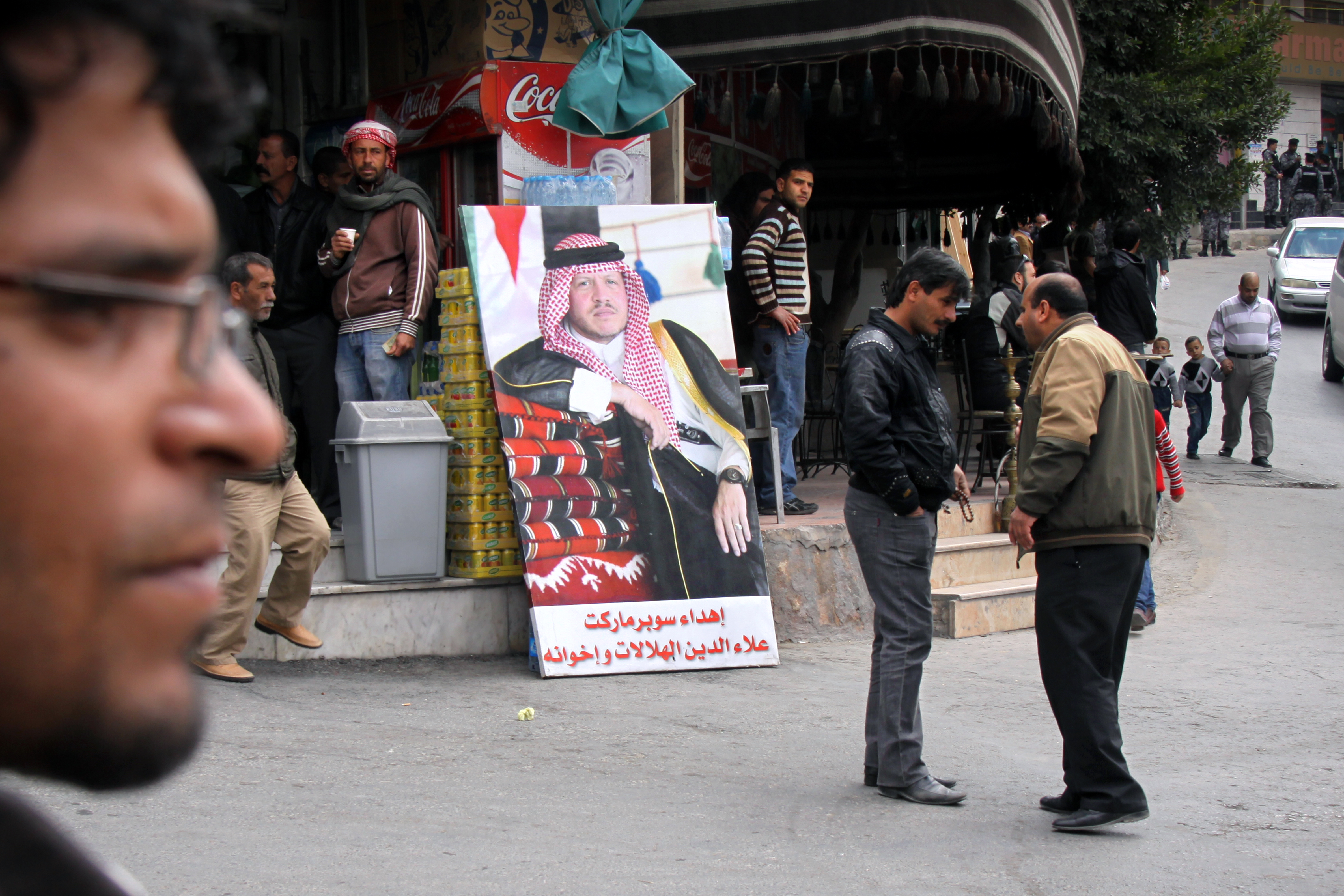
Abdullah II has been King of Jordan since 1999 and is highly respected by the people. Here, a large portrait of him stands in the streets of Wadi Musa, just prior to one of his official visits -
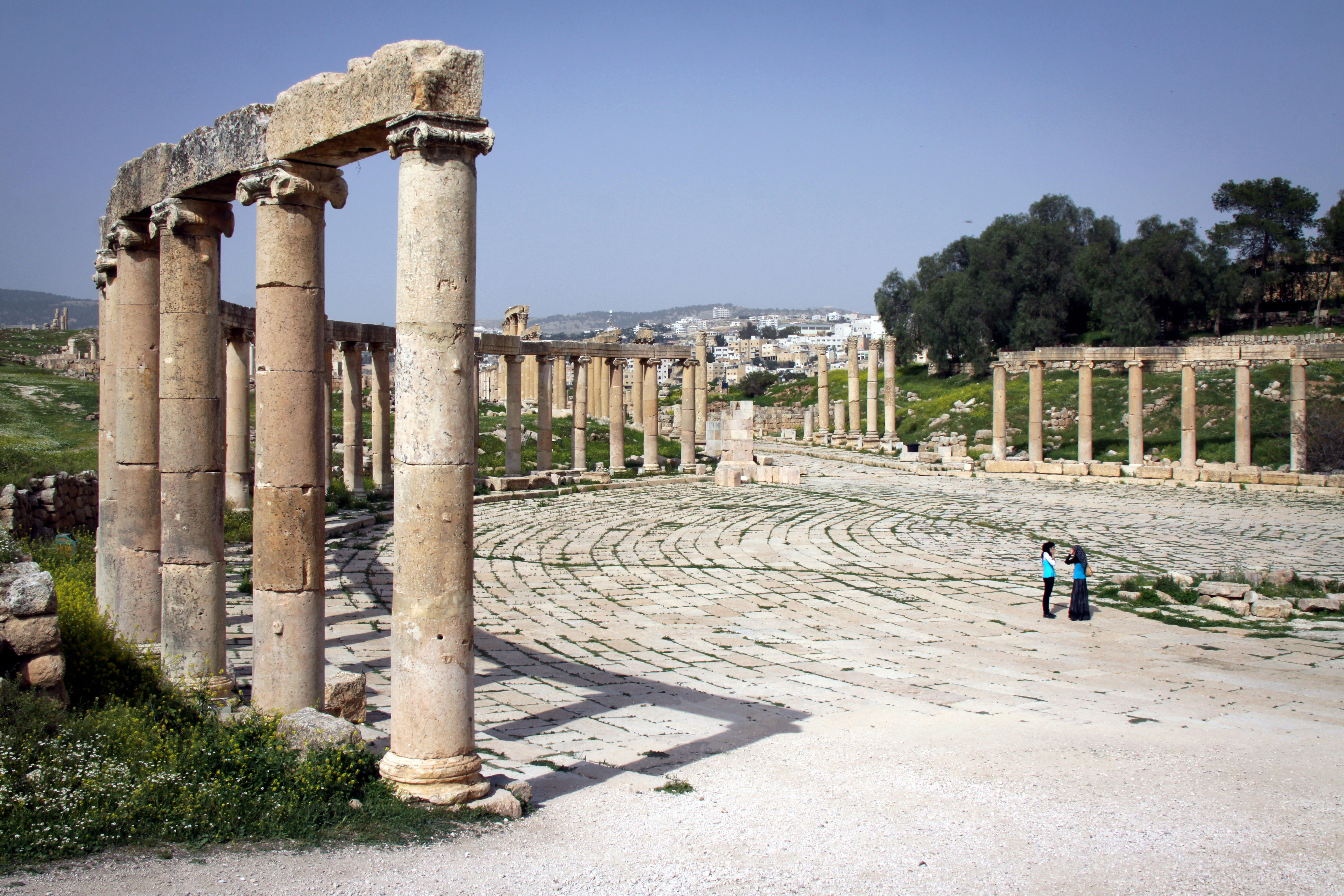
Jerash is located 50 kilometres north of Amman. The city experienced its golden age during the Roman reign, when it was known as Gerasa. The site has been beautifully restored and is these days considered one of the best preserved Roman cities in the world
https://qantara.de./en/node/17109
Link
To all image galleries
